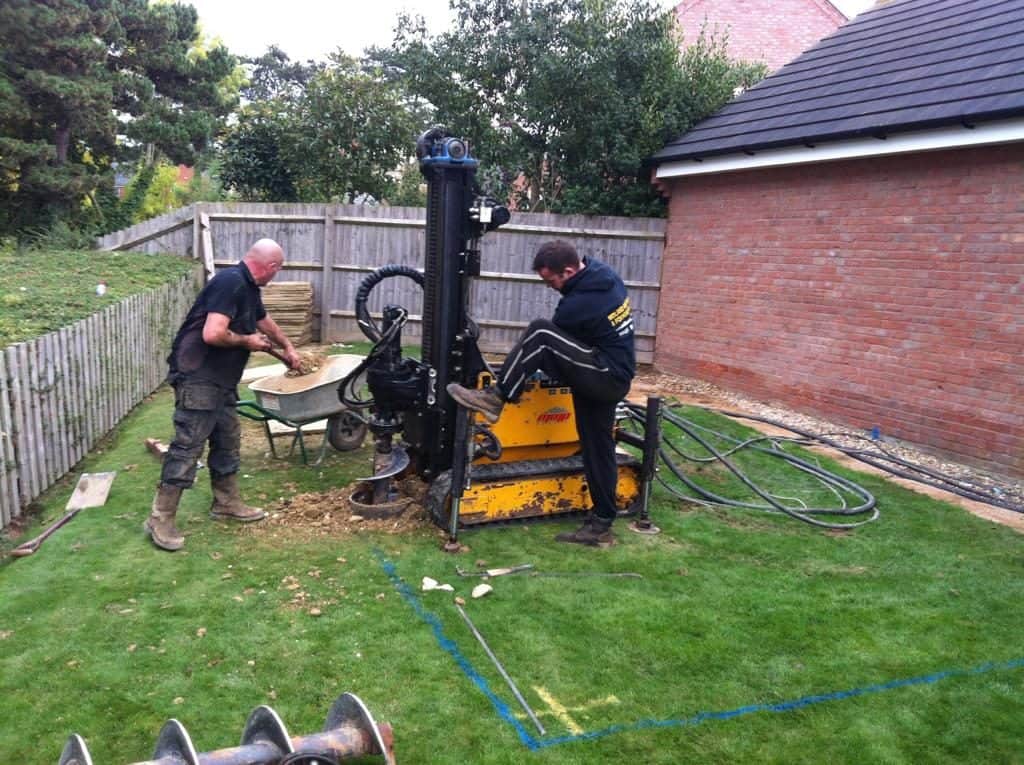When you start planning a new home or an extension, you begin by visualising the living spaces. Your imagination turns to how your building will look and work, inside and out. It’s unlikely you’re dreaming about the foundations. Why should you? You’ll never see them. The architects, engineers and builders should take care of this technical concern. Shouldn’t they?
Yes, but what your engineer recommends will have consequences for your project’s timescales and cost. And you’ll need a builder with the right experience. So here’s a bit of insight into one special type of foundation recommended for certain site conditions commonly found in the Northamptonshire area.
Piling Foundations
Trees, soil conditions and levels at your site, and the kind of building you’re constructing, all affect the type of foundation you’ll need. Chances are, your image of a foundation is a subterranean rectangle of concrete walls or a concrete slab. However, in the Northamptonshire area, Smart Build encounters conditions often requiring what are called Piled Foundations.
A structural engineer will specify a technique called Mini Piling after looking at a number of factors at the design stage of a project.
If there are large protected trees near the building, driving piles – rather than digging and filling deep trenches with concrete – allows the root system to stay undisturbed.
And when a structure is built on infilled ground or on the edge of a steep drop, the foundations need to go deep. For example if a house has been built on the site of an old quarry, the ground would have been infilled and wouldn’t have had the time to settle and compress properly. Mini piling can be a cost-efficient solution for achieving the necessary depth.
A mini piling project
This project involved mini piling because the ground level dropped away very steeply very close to the new building. It was made up ground that the original developers had filled in to make up the levels in the garden.
The last two pictures above show the ring beam that we build off of. The polystyrene acts as an expansion joint around the ring beam in case there is any ground heave. The cages sit on top and are wired onto the piles to form a ring beam. They are then filled with concrete.
You can see more pictures and read the complete story of the whole project here.
Smart Build and mini piling
Mini piling is done by specialist contractors but, as the main contractor, we have the responsibility to get it right. We set out the building for the piling contractor, take care of drive protection, health and safety, welfare facilities, work hand-in-hand with the piling contractor when it comes to levels, and take ground excavation muck away. Both our clients and the mini piling contractors prefer to work with us as their single point of contact.
Smart Build has acquired extensive knowledge of foundations on its new build and extension projects in the Northampton area. Perhaps we can assist you. Contact us for a free quote.


